David Gianotten on activating democracy
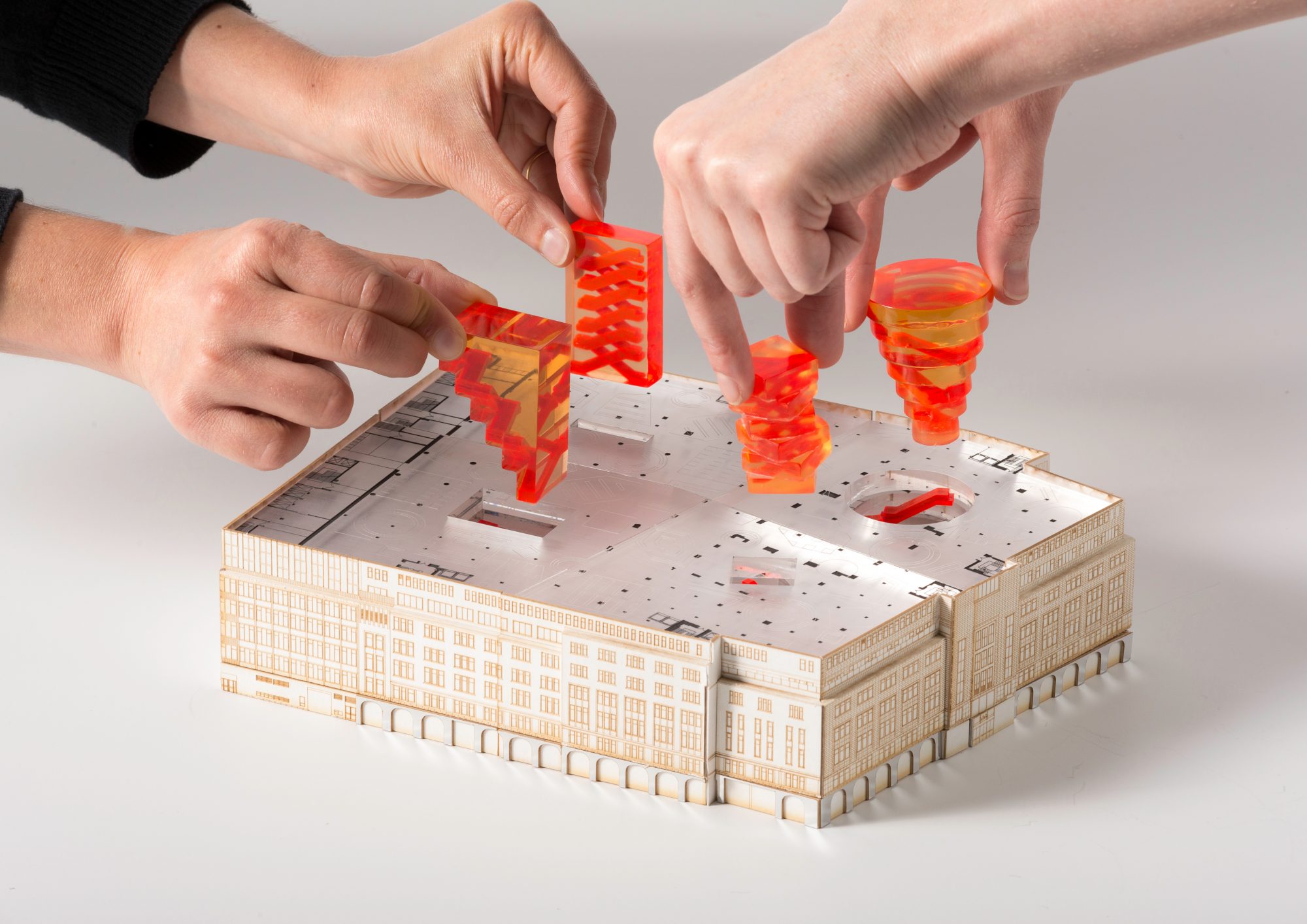
How do you design a space for the public contest of ideas, as opposed to the inert experience of something beautiful? For OMA’s David Gianotten, it’s all about engagement, tension and purpose.
“Firstly,” he asks, “can people relate to it? Can they understand it, and therefore, be willing to engage with it? The second thing is juxtaposition: there needs to be some kind of tension in the design. Something that people maybe don’t read immediately, but they are confronted with it while being in the space. “And third, you need to make sure that, although you are making an architectural statement, you are using materials that all have a purpose. While they are having a purpose, people will experience them. They cannot be there only to be beautiful, they need to be there to be usable. “Those are the things that we play with,” he says as he reaches for the model, quickly shifting our discussion into a higher gear.
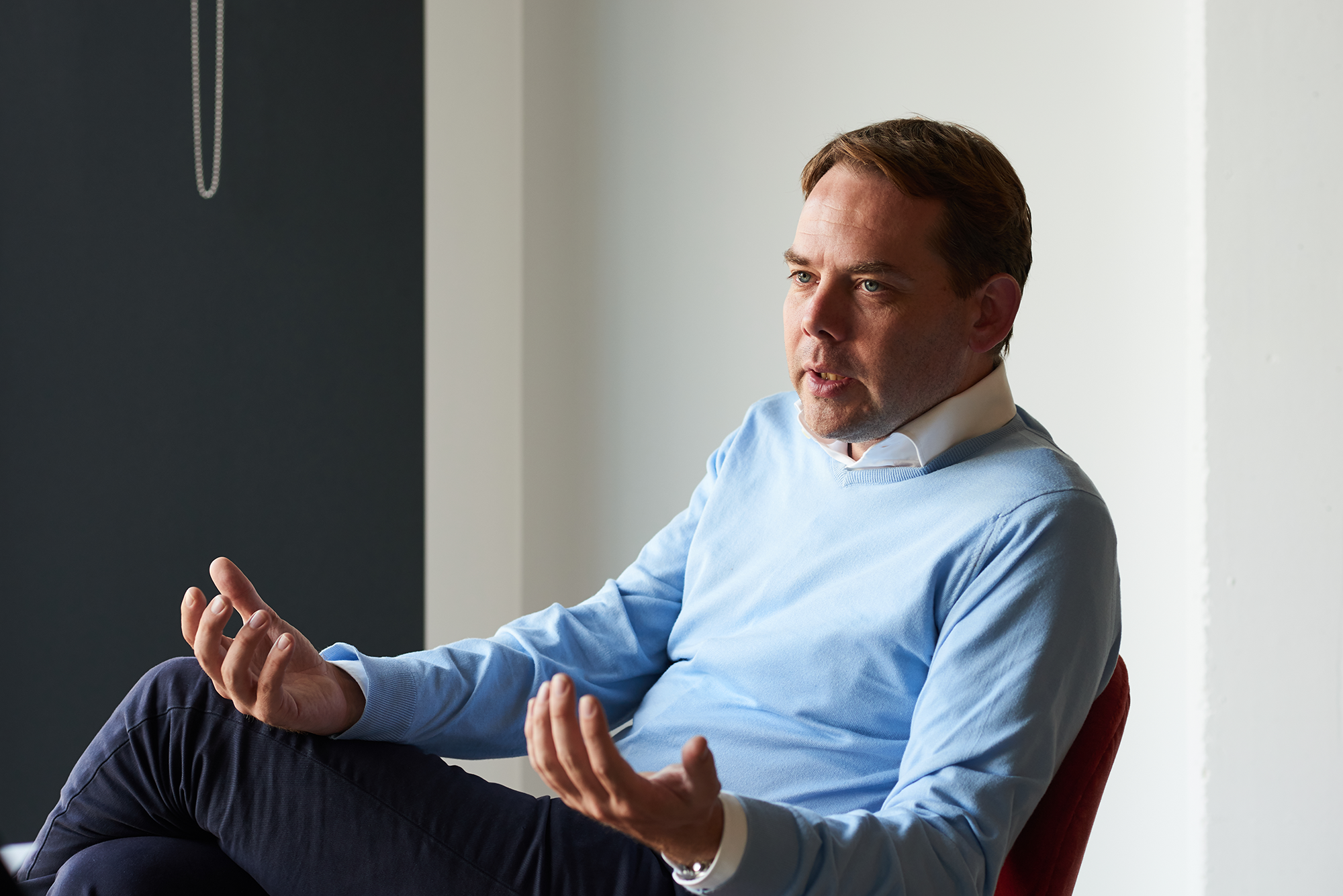
OMA is the Netherlands-based architectural firm appointed to design this year’s MPavilion, the fourth iteration of the Naomi Milgrom Foundation’s gift to Melbourne’s public space and public discussion. Following from Sean Godsell, AL_A’s Amanda Levete and Studio Mumbai’s Bijoy Jain, OMA has extended considerably on what a pavilion is and can be—and they’ve done so as a consciously political gesture.
As an architectural typology, the pavilion has become problematic. While historically an opportunity for ambitious experimentation on design that can stimulate debate, today, Gianotten argues, it risks becoming “an artefact, a folly, an empty space that is not built for use but that is just built for beauty, or for deterioration”.
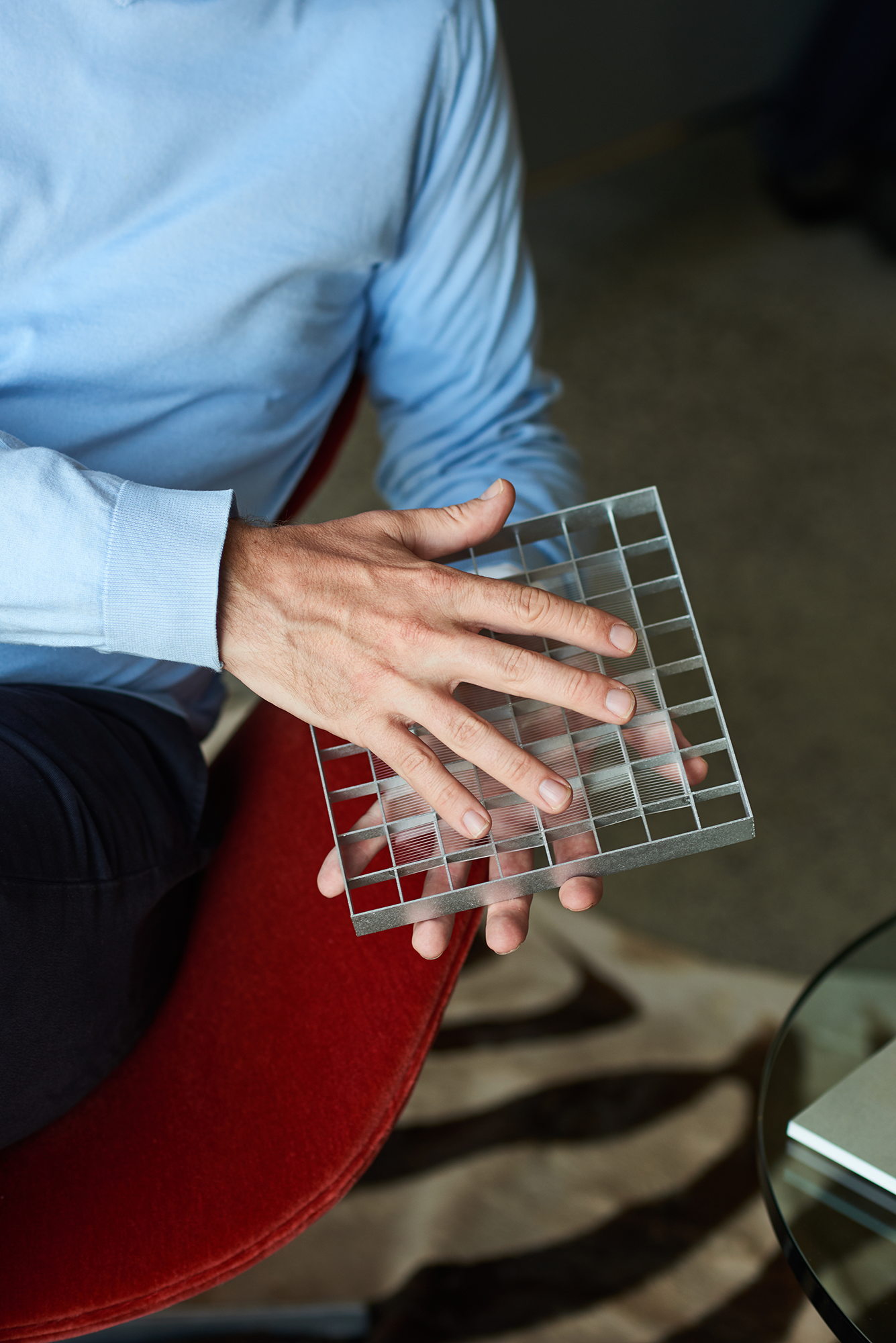
For MPavilion, OMA offers us a reconfigurable space that activates the tensions between inside and outside, garden and city, actor and observer. One side firmly planted in the Queen Victoria Gardens as though emerging from the ground, the other sweeping toward the city; one plane an open stroll, the other a disciplined grid; one grandstand fixed, the other on a 180° pivot. Working together, we can transform this year’s MPavilion into several arrangements, enjoying an enormous diversity of experiences all on the one site. “If you look at it,” Gianotten reflects as we explore the model playfully, “it is super simple: there’s some wood, there’s some steel, there’s some polycarbonate, and there’s some aluminium … Everyone can understand that this is a space for debate.”

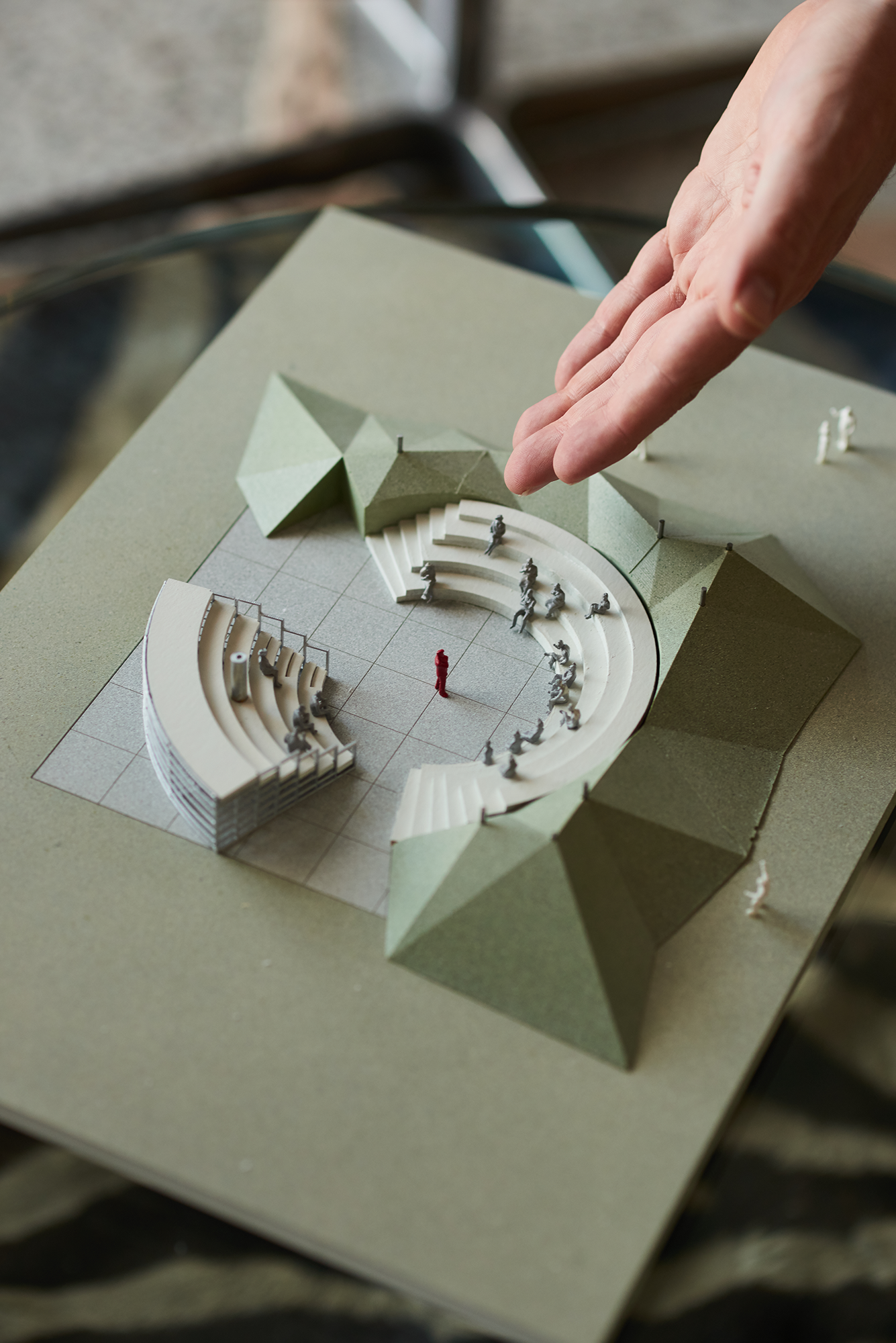
There have been few more critical moments in Australia’s history for creating such spaces, and our discussion readily moves toward the key issues of our times—and how easily they are displaced by populist leaders. Political short-termism, commercial profiteering, climate change, the collapse of mass-market media models and the very notion of a mainstream, the fabrication of universal contentment for liveability rankings … Gianotten doesn’t shy away from tackling the political agenda of a city he’s visited some twenty times. Nor is he a stranger to Assemble Papers, having featured in its second issue, talking urban space and cultural responsibility. We continue that important conversation, lamenting the lack of cultural vision that in turn means vital infrastructure investment is foregone.
“The long vision is not there,” he argues, “because the politician cannot provide it. So there’s these huge gaps: there’s a government that doesn’t know how to operate, and there’s a market that does not trust it anymore, so they’re no longer able to innovate.” Gianotten sees these gaps as important opportunities for practitioners working in the public space, able to negotiate social and cultural issues skilfully—in particular, architects. “They need to take that position, they need to take that initiative, because if they don’t, then you end up with this situation where there is much more than a gap, where everyone is looking at each other to see who takes the initiative, and nobody does.”

What are those decisive moments in our lives? Where do they take place? And how little have our decision-making spaces changed over thousands of years while the complexity of those decisions increases at an alarming rate? The theatre, the arena, the oratory, the courtroom, the stadium, the senate: one by one, Gianotten evokes the typologies that OMA’s MPavilion reimagines, offering us functional materials for reactivating democracy. The Greek forms are enduring: Gianotten avows the “very classical idea of the amphitheatre” underlying this project, explicitly referencing the spatial archetypes of contest, debate and resolution which are so familiar to us—and yet, too often, inaccessible. Opening up this inaccessibility is MPavilion’s mission, and has long been important for OMA, a practice deeply concerned with the ethics as well as the spaces of democracy.
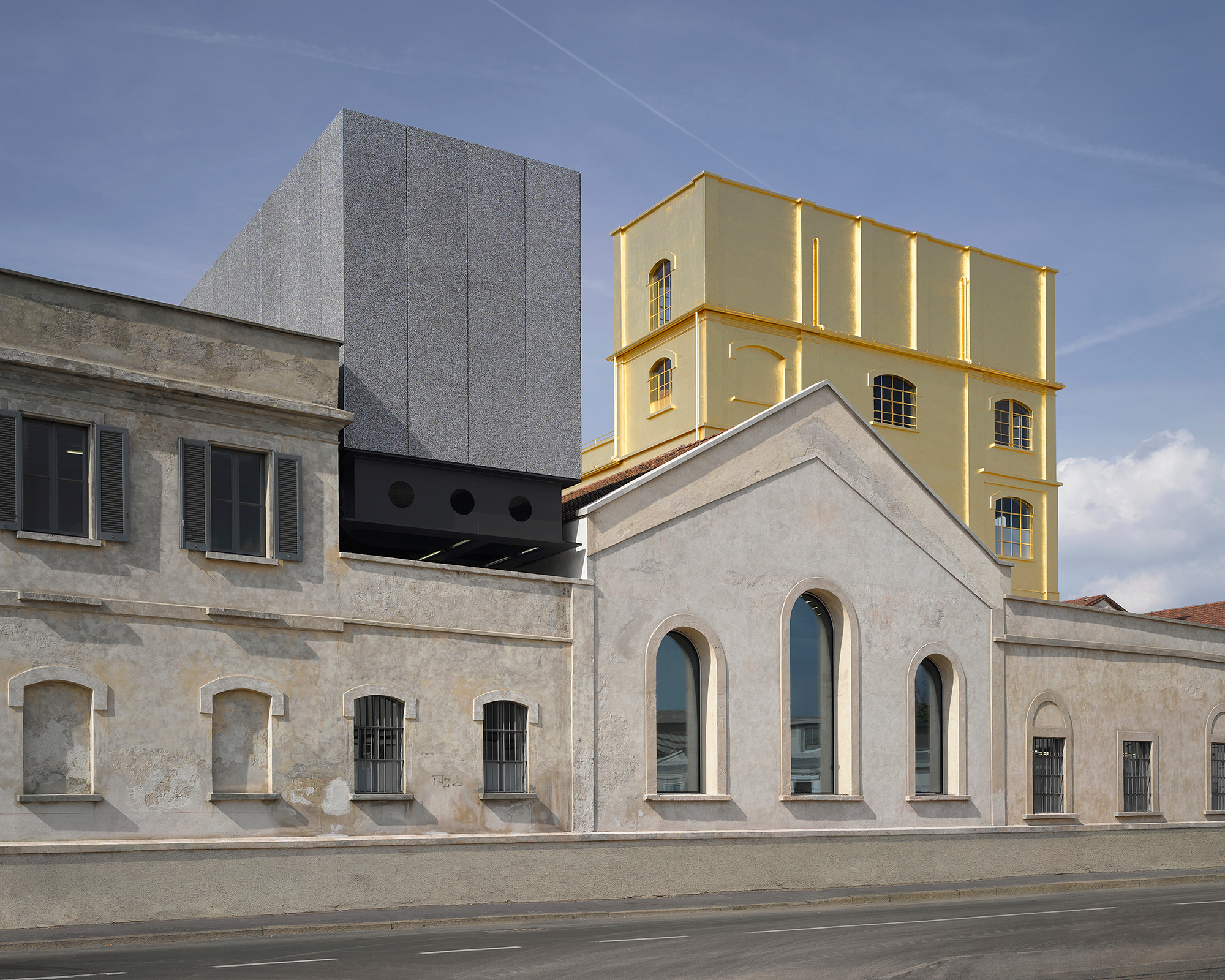

“One of the main points for us,” Gianotten offers, “is, what kind of debate is needed in this city, and how can we facilitate that in the best possible way?” In discussing Australian politics, we inevitably make the comparison to Dutch politics, where liberal government in a consensus model means strategic investment for market innovation, as opposed to the “mind your own business and scold everything that is a threat to the nation” approach that Gianotten shrewdly observes here. Which takes us right back to design and its social responsibility to step into that gap and take the initiative. What’s at stake? Ugly conversations are emboldened when our public spaces are not cultivated. In Australia we see this in the unimaginative approach taken by media empires, unable to envision a future beyond destructive sensationalism. We also see it in cities like Melbourne that chase the top position in global liveability rankings, based on measures that address abstract global flows of labour and capital. The imperative remains for architects to remain socially engaged, Gianotten argues, even or indeed especially if their global reputation risks being confused for a brand. “Everyone asks us: ‘What does OMA mean? What is it for? What agenda is it operating? What is the idea behind the practice?’ And of course, we keep that very open, very cloudy.” And, all the while, actively negotiating the tension between social engagement and brand; “That tension is what I need. It’s what I need to work. It’s what I need to survive. That’s what OMA is about. We’re all about process, we’re all about invention and the adventure. And, also, some fun to it. We create frameworks, and not straitjackets.”

It’s an important position to hold, and one Gianotten delights in applying on OMA’s other Australian venture: the New Museum in Perth in collaboration with Hassell. A striking reinvigoration of the city’s cultural heart which includes the adventurous PICA as well as the State Library and the Art Gallery of Western Australia, OMA describes it in dynamic terms as the intersection of two loops that will be generative of new curatorial strategies. So what framework will the architects apply to MPavilion? Is it a container? Is it more tactical? “It’s more a machine, a device that can be enacted in different ways. “It’s absolutely not a ‘wow piece’; it’s not an art piece,” Gianotten insists. “It’s really a usable space, which, in the end, is what architects do: they create space.”
Moments of debate are turning points: active, decisive and memorable. Gianotten intends OMA’s MPavilion as a space that becomes meaningful the moment it is encountered. Whether that be by one passer-by, or three, or three hundred: “it always needs to be ready and at its feet. “I have seen all three MPavilions live, the previous ones, and all of them were great designs, and were activated in very different ways … but you had to switch them on. And that, I think, is in a way provocative and interesting—but we wanted to create something that is always on.”
Thanks to David Gianotten for taking the time to chat with us. This article will also appear in Assemble Papers Issue 8, ‘Metropolis.’ – join us for the issue launch on 13 October! Details here.
